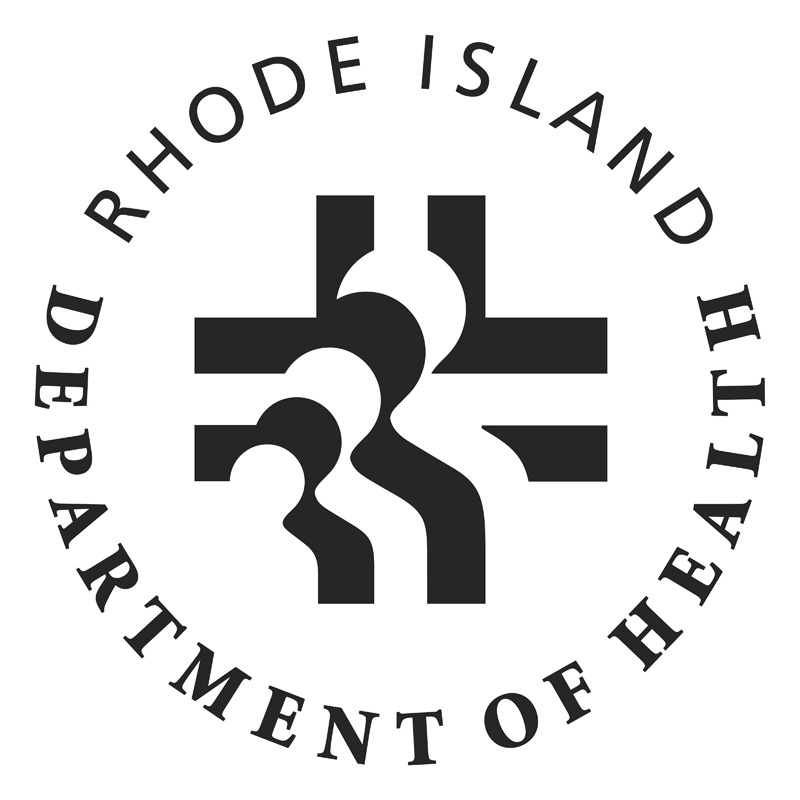 Rhode Island Department of Health
Rhode Island Department of HealthState of Rhode Island
Department of Health
 Rhode Island Department of Health
Rhode Island Department of HealthState of Rhode Island
Department of Health
Toxic gasses, including carbon monoxide and nitrogen dioxide, are produced whenever fuel is burned. Operating anything that burns fuel inside a building, including resurfacers and edgers, creates a risk of immediate poisoning that may be fatal. Because of these risks, the Rhode Island Department of Health has established rules requiring ice rinks to monitor for these poisonous gasses.
Carbon monoxide prevents the blood from moving oxygen and carbon dioxide around the body. Symptoms of carbon monoxide poisoning can be difficult to identify, and include headache, weakness, dizziness, nausea, shortness of breath, confusion, blurred vision, and loss of consciousness. It can kill by preventing the flow of oxygen to the brain or by triggering a heart attack.
Nitrogen dioxide is irritating and potentially corrosive. Symptoms of low-level nitrogen dioxide exposure include cough, fatigue, and eye and nose irritation. The elderly and people with existing respiratory issues like asthma and emphysema may be very sensitive to the effects. Higher levels of nitrogen dioxide cause more severe symptoms.
Effective July 1, 2018, owners/operators of ice rinks that operate fuel-driven (including propane and gasoline) equipment must monitor for both carbon monoxide and nitrogen dioxide on at least two weekdays and one weekend day each week that the arena is open to the public.
Measurements must also be taken at least once a week after edging, 20 minutes after completion if edging is conducted while the rink is open to the public. If the rink isn’t open at the time of edging, measurements need to be taken before the building is opened.
If life-threatening levels of either pollutant are detected, the rink must be evacuated and the Rhode Island Department of Health must be notified immediately by phone at (401) 222-5960. The rink cannot reopen following an evacuation unless approved by the Rhode Island Department of Health.
If toxic levels of either pollutant are detected, you must immediately increase the ventilation rate in the facility, suspend operation of any equipment with internal combustion engines, and monitor for the pollutant every twenty minutes until acceptable indoor air conditions have been restored (carbon monoxide < 30 ppm, nitrogen dioxide < 0.5 ppm).
As soon as reasonably practical, the reason for the elevated reading must be determined and fixed.
Within five days of an incident, a written report must be submitted to: Rhode Island Department of Health, Healthy Homes and Environment, 3 Capitol Hill, Room 206, Providence, RI, 02908-5097.
Compliance with these regulations may not be enough to protect the health of your employees and customers or against lawsuits. These additional steps can help: